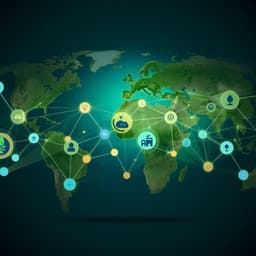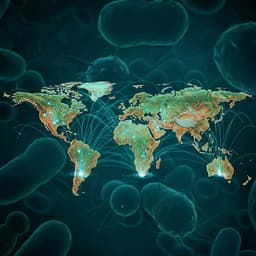
Environmental Studies and Forestry
Continuing large-scale global trade and illegal trade of highly hazardous chemicals
H. Zou, T. Wang, et al.
This paper reveals the impact of the Rotterdam Convention on hazardous chemical trade from 2004 to 2019. The findings point to a mix of success and challenges, highlighting ongoing large-scale and illegal trade of dangerous substances. Authors Hongyan Zou, Tao Wang, Zhong-Liang Wang, and Zhanyun Wang advocate for stronger enforcement and quicker action on problematic chemicals.
Playback language: English
Related Publications
Explore these studies to deepen your understanding of the subject.







